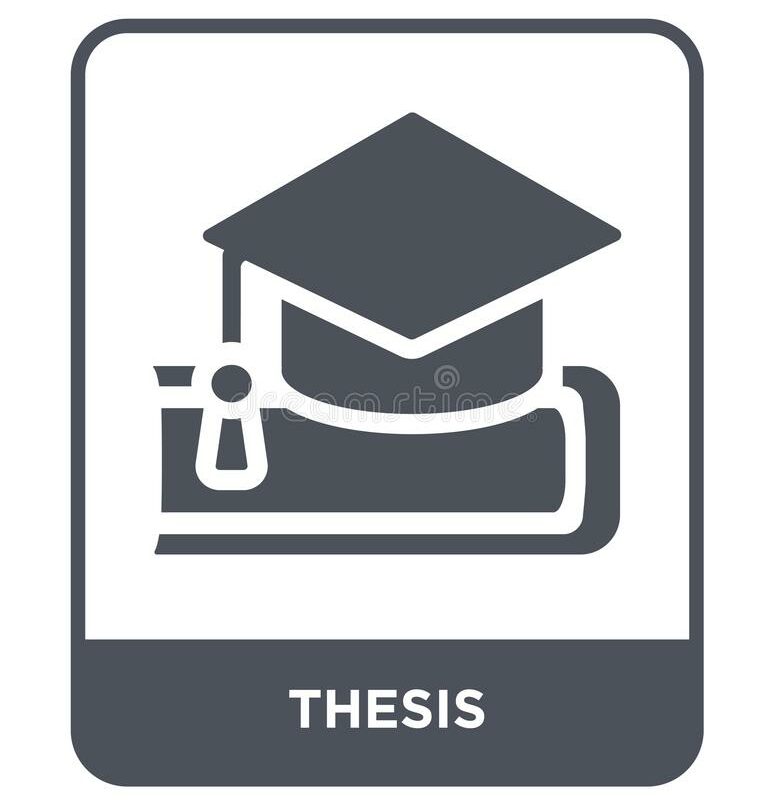تکایە بە وردی بیخوێننەوە
ئاگاداری بەشداربووانی خولەکانی زمان لە زانکۆ حکومیەکان دەکەینەوە کە تاقیکردنەوەی کۆتایی ئاستەکان بەو شێوەیەی خوارەوە دەبێت:
یەکەم: ڕێکەوتی ئەنجامدانی تاقیکردنەوە:
١- ڕۆژی چوارشەممە ڕێکەوتی ٢٠٢٤/٦/٢٦ بەشداربووانی ئاستەکانی Beginner و Advance تاقیکردنەوە ئەنجام دەدەن.
٢- ڕۆژی پێنج شەممە ڕێکەوتی ٢٠٢٤/٦/٢٧ بەشداربووانی ئاستی Intermediate تاقیکردنەوە ئەنجام دەدەن.
٣- ڕۆژانی شەممە و یەک شەممە ڕێکەوتی ٢٩ و ٣٠ / ٢٠٢٤/٦ بەشداربووانی ئاستی Elementary تاقیکردنەوە ئەنجام دەدەن.
دووەم: شوێنی ئەنجامدانی تاقیکردنەوە:
1- بەشداربوانی سەنتەرەکانی زمان لە زانکۆکانی پارێزگای هەولێر (زانکۆی پۆلیتەکنیکی هەولێر و زانکۆی کۆیە و زانکۆی سۆران) لە زانکۆی کاسۆلیک لە عەینکاوە تاقیکردنەوە ئەنجام دەدەن.
2-بەشداربووانی سەنتەرەکانی زمانی هەریەک لە (زانکۆی سلێمانی و زانکۆی ڕاپەڕین و زانکۆی هەلەبجە) لە زانکۆی سلێمانی تاقیکردنەوە ئەنجام دەدەن، هەروەها بەشداربووانی سەنتەرەکانی زمانی هەریەک لە (زانکۆی پۆلیتەکنیکی سلێمانی و زانکۆی گەرمیان و زانکۆی چەرموو) لە زانکۆی پۆلیتەکنیکی سلێمانی تاقیکردنەوە ئەنجام دەدەن.
3-بەشداربوانی سەنتەرەکانی زمانی زانکۆکانی پارێزگای دهۆک (زانکۆی دهۆک و زانکۆی زاخۆ و زانکۆی پۆلیتەکنیکی دهۆک و زانکۆی ئاکرێ بۆ زانستە کردارییەکان) لە زانکۆی دهۆک تاقیکردنەوە ئەنجام دەدەن.
سێیەم: تاقیکردنەوەکان لە دووکات ئەنجام دەدرێت کە سەعات ١٠ی بەیانی و سەعات ٣ی ئێوارە دەبێت، بەشداربوانی هەر سەنتەرێکی زمان لەلایەن سەنتەرەکەی ئاگادار دەکرێنەوە سەبارەت بە کاتی ئەنجامدانی تاقیکردنەوەکەی.
چوارەم: پێویستە هەر بەشداربوویەک پاسەپۆرت لەگەڵ خۆی بهێنێت بە پێچەوانەوە ڕێگای پێ نادرێت تاقیکردنەوە ئەنجام بدات.




